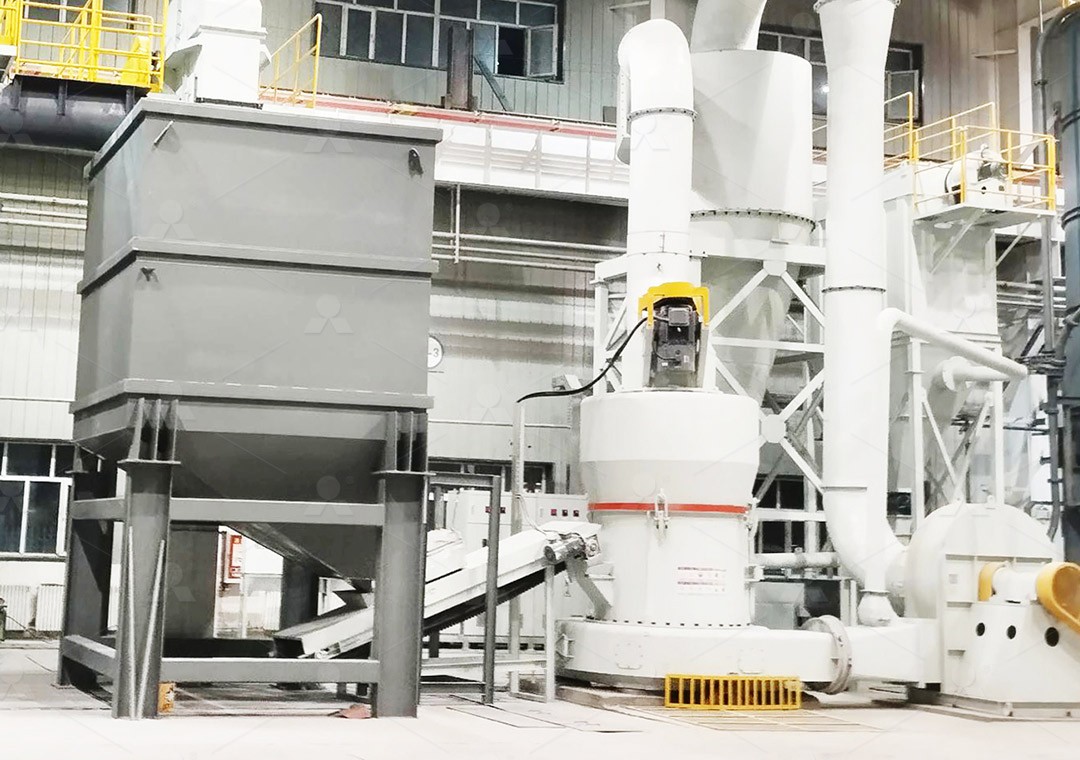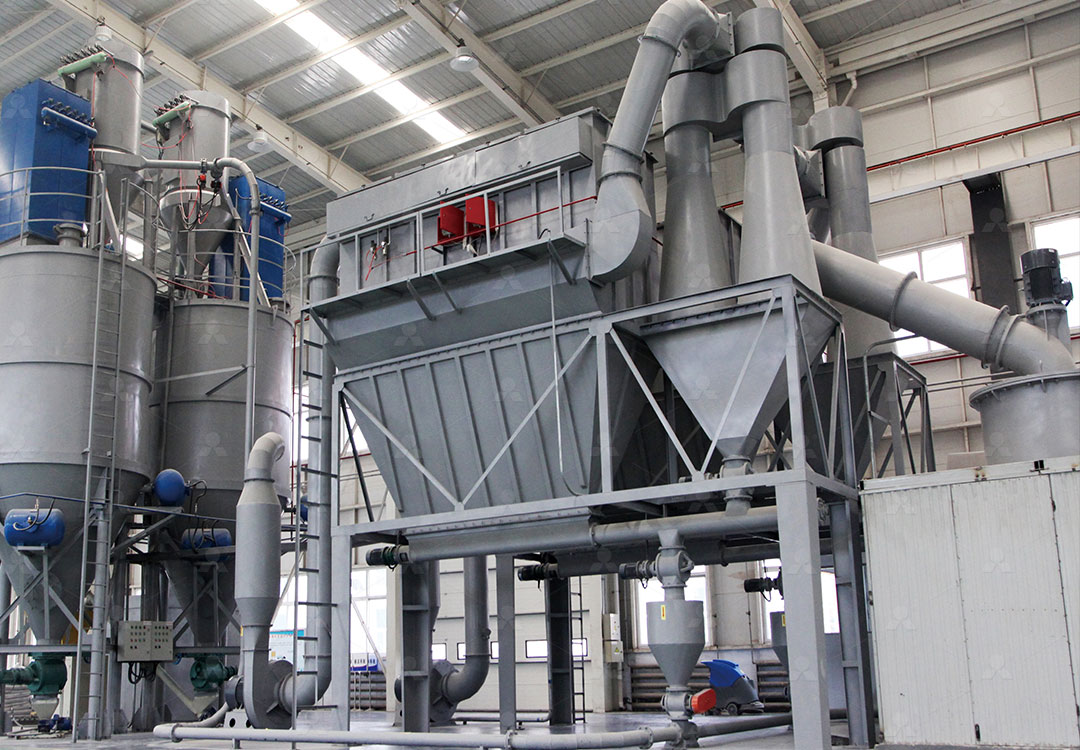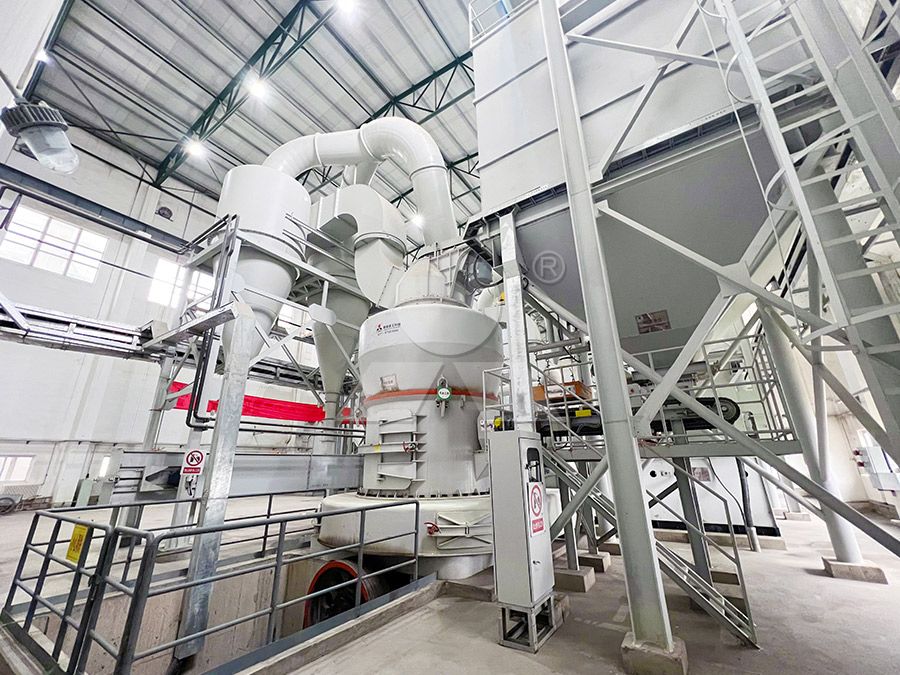How to Choose the Best Wet Grinding Mill for Sticky Materials
Navigating the Challenges of Sticky Material Grinding
Processing sticky materials represents one of the most demanding challenges in industrial grinding operations. Materials with high moisture content, clay-like consistency, or adhesive properties tend to clog conventional grinding systems, reduce throughput, and increase maintenance requirements. The selection of appropriate grinding technology becomes critical not just for operational efficiency but for the very viability of processing these difficult materials.
Traditional dry grinding mills often struggle with sticky materials due to material buildup on grinding surfaces, classifier blinding, and inadequate material transport through the system. When evaluating grinding solutions for such applications, several key factors must be considered: the mill’s ability to handle moisture content, its resistance to material adhesion, cleaning and maintenance accessibility, and energy efficiency under challenging conditions.

Critical Selection Criteria for Sticky Material Processing
When specifying equipment for sticky materials, focus on these essential characteristics:
Moisture Tolerance: The mill must accommodate the specific moisture content of your material without performance degradation. While some mills handle moderate moisture through heating or air flow, others are specifically designed for wet processing.
Anti-adhesion Design: Look for specialized surface treatments, unique grinding chamber geometries, and mechanical features that prevent material buildup. The presence of internal components that are difficult to clean often becomes the Achilles’ heel in sticky material applications.
Accessibility for Maintenance: Sticky materials inevitably require more frequent cleaning and maintenance. Equipment with quick-access doors, easy-disassembly features, and minimal internal obstructions will significantly reduce downtime.
Material Transport Mechanism: How the mill moves material through the grinding zone is particularly important with adhesive substances. Systems that rely solely on gravity may struggle, while those incorporating positive displacement or fluid dynamics often perform better.
Specialized Solutions for Demanding Applications
After extensive testing across various challenging materials, we’ve found that mills with specific design features consistently outperform conventional options. The MW Ultrafine Grinding Mill stands out for its exceptional handling of difficult-to-process substances. With an input size capability of 0-20 mm and capacity ranging from 0.5-25 tph, this system incorporates several innovations specifically beneficial for sticky materials.
The MW mill’s absence of rolling bearings and screws in the grinding chamber eliminates common failure points where sticky materials typically accumulate. This design decision, while seemingly simple, dramatically improves reliability in adhesive applications. Additionally, the efficient pulse dust collector and muffler system maintains environmental compliance while processing challenging materials.

For operations requiring vertical grinding configuration, the LUM Ultrafine Vertical Grinding Mill offers another compelling option. Its reversible structure addresses the maintenance challenges inherent with sticky materials, allowing operators to easily move grinding rollers out of the body for inspection and cleaning. This feature, combined with its 5-18 tph capacity and advanced powder separating technology, makes it particularly suitable for operations where material characteristics vary significantly.
Operational Considerations for Optimal Performance
Beyond equipment selection, several operational practices can enhance performance with sticky materials:
Implementing pre-processing steps to reduce material variability, establishing rigorous cleaning protocols, and training operators on material-specific handling techniques all contribute to successful outcomes. The digitalized processing and high precision manufacturing of modern grinding equipment, as seen in both the MW and LUM mills, provide the consistency needed for reproducible results even with challenging feedstocks.
Many operations benefit from conducting material tests with their specific sticky substances before final equipment selection. This practical approach validates theoretical performance claims and identifies potential operational challenges before full-scale implementation.

Frequently Asked Questions
What moisture content can the MW Ultrafine Grinding Mill handle?
While specific limitations depend on material characteristics, the MW mill is engineered to handle significantly higher moisture content than conventional dry grinding systems. The absence of internal components prone to clogging and the efficient material transport mechanism allow it to process materials that would typically cause issues in other mills.
How does the LUM mill’s reversible structure help with sticky materials?
The reversible structure enables quick access to grinding components without extensive disassembly. This means cleaning and maintenance that might take hours in conventional mills can be accomplished in significantly less time, reducing downtime and improving overall operational efficiency.
What support is available for processing unfamiliar sticky materials?
We offer comprehensive technical services and can conduct material testing to determine optimal processing parameters. Our expertise across various industries provides valuable insights for handling even the most challenging material characteristics.
How does the energy consumption compare when processing sticky materials?
Both the MW and LUM mills are designed for energy efficiency, with the MW mill consuming only 30% of the energy of jet grinding mills. Even with sticky materials, these efficiency advantages are maintained through optimized grinding mechanics and reduced internal resistance.
